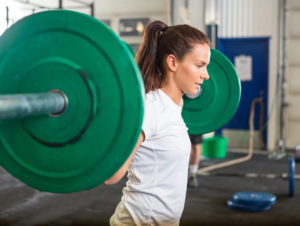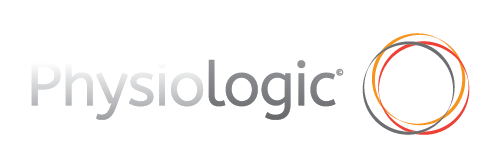Muscle Decay – What ageing does to our muscles and how to stop it – Strength training tips
-
Having trouble getting out of a chair?
-
Can’t life things the way you used too?
-
Cramping at night OR aching legs in the evening?
-
Slower to recover after exercise?
-
Losing your balance or unsteady on your feet?
Answering YES to any of these means that you are experiencing the effects of ageing and specifically the loss of the muscle strength associated with it.
We start to lose muscle mass after 30 years of age with this really accelerating after the age of 50 with 1.5%-5% loss of muscle mass per year naturally.
Obviously if we place disease, obesity and sedentary lifestyle on top of these numbers then it is easy to see how we will begin to struggle with even simple tasks as we get older.

There is a big push at the moment to combat bone weakness and osteoporosis but not many of us consider the effects of ageing on our muscles which is often more of a problem than people realise.
It leads to :
-Tendon Degeneration
-Excess Load on our Spine
-Poor posture
-Increased risk of falling
-Overload on our joints ( Knees/ Hips etc)
These problems cost the healthcare system millions each year and it makes sense for us to try and prevent this problem as much as we can .
SO, how do we beat this I hear you ask ?
Strength Training is key!
If you are over the age of 30 and are not particpating in any exercise at all then you need to rethink how much you are going to struggle as you get older.
 If you are only doing cardiovascular exercise , then this is good but you need to substitute this with x 2 or more strength training sessions weekly. You wont keep the necessary strength in your muscles and tendons to avoid injury as you get older if you don’t do this.
If you are only doing cardiovascular exercise , then this is good but you need to substitute this with x 2 or more strength training sessions weekly. You wont keep the necessary strength in your muscles and tendons to avoid injury as you get older if you don’t do this.
If you are only doing strength training then great work and keep it up but dont completely neglect your cardiovascular exercise.
Strength Training Tips as Follows:
- Research gym equipment or gym membership – the bigger gym chains usually have manageable membership fees and have a great variation in equipment and classes.
- Begin Slowly- Too much too soon will leave you sore and possibly injured and you wont want to return anytime soon.
- Get Checked before you start – a screening or physical testing session with one of our physios is a good idea to measure how at risk you are of injury and which exercises are better for you
- Get a Program specific to you- don’t use your friends program or one that you see in a magazine. Your needs may also be different to other peoples needs and it is better to do exercises that relate to this. Our Physios at Physiologic can help with this.
- Frequency – Start at 1-2 days weekly and aim to progress to 3-4 sessions weekly as you recover faster and become used to it.
- Reps/Sets – Start at 3 x 8- 12 Reps for each exercise . This is the most basic way to get adaptions in your muscles recover and adapt.
- Recover- Allow 1-2 days between your workouts to let your muscles recover and adapt.
- Know the difference between pain and soreness- You will be sore after your workout, this is OK and it will settle in a few days. Pain is NOT ok and is a sign that is aggrivated – get it checked with us before continuing on.
Get your muscles moving and keep them strong as you get older.
We are in the business of preventative medicine at Physiologic and even though we are happy to help you when your injured we would rather see you happy and injury free as you get older.
This month is muscle and tendon month at Physiologic – GAP FREE SESSION with your private health insurance for one of 3 tendon conditions. They are Tennis elbow, achilles tendon pain, pain in the side of the hip (glut tendon)
Ring 55787155 for more info
